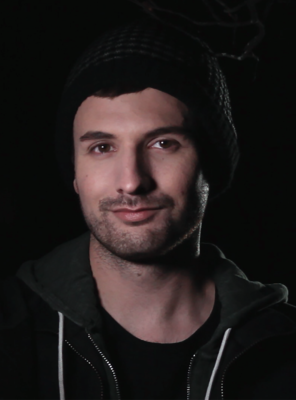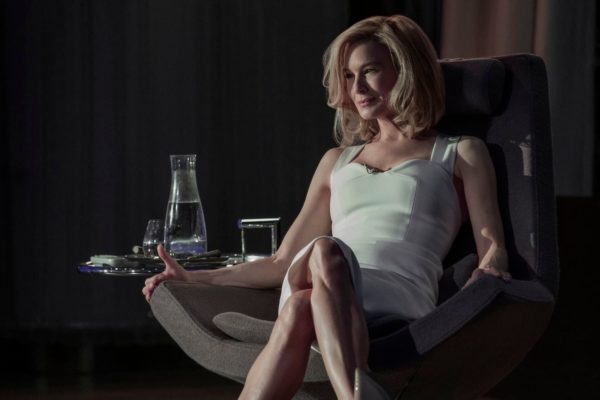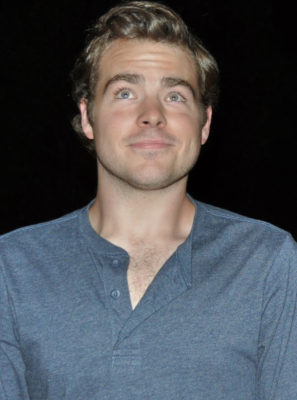 Name: Chris Moore
Name: Chris Moore
Age: 29
Birth Place: Jackson, MS
Sexuality: Gay
Notable films: Blessed Are the Children (2016), Triggered (2017), A Stranger Among the Living
When did you know you were queer? When did you come out?
Chris Moore: I came out in college to my close friends first. Thankfully, it was an art school, so being gay wasn’t much of an issue at all. Hell, it was probably encouraged.
I’d known I was gay since I was about 10 years old. I had an awakening when I saw, of all things, The Rage: Carrie 2 and fell madly in love with some of the guys in that. Looking back, there were signs before that. I remember noticing an older student on the playground when I was about 6 and just thinking that I needed to go hang out with him because he had beautiful eyes.
I was worried about everything living in the Bible Belt, so I kept it to myself for years and years. It wasn’t until after college that I started coming out to my family who were pretty supportive. I was a late bloomer, though. I didn’t even have a first kiss or sexual encounter until I was 24 or 25 which, in gay years, is about 52.
How did you get into filmmaking?
CM: I started when I was about 10 by using my family’s VHS-C camcorder and making a Scream fan film called Killer. I’d get my school friends to come over and we’d take turns playing Ghostface and Victim. My Mom would operate the camera and the boom box off to the side, so that we could have music in the scene, as well.
This was well before the days of easy and affordable digital home editing, so you had to use whatever you could. It was a mess, but that’s how the filmmaking bug bit me and I haven’t stopped since.
Why do you make horror films?
CM: Oh, boy! That’s a tough one. I think I make them to exorcise demons and confront my fears. I talk about things that scare me like bigotry, religious fanatics, depression, hate, losing one’s mind, etc. It’s an easier way to confront tough issues without making it feel heavy handed or too dour. If someone were to make a heavy drama about a single mother’s depression, not many people would be that interested because it sounds like a bit of a drag. Dress that depression up as a monster, however, and you have The Babadook.
Plus, horror films are an exercise in pure empathy (if you do them right). We’re forced into the shoes of someone who’s having the single worst day of their life!
I was a huge scaredy cat until I was about 6 or so. If you even walked me into the horror section of a video store or a really elaborate haunted house around Halloween, I’d freak out. I remember having the worst nightmares, too – worse than anything I’ve ever seen in a horror film. It wasn’t until my Dad showed me the original House of Wax with Vincent Price that I kinda sobered up and realized that horror could be a fun way to confront your fears.
Around that same time, my family went on vacation to Universal Studios and there was a Hitchcock attraction where they showed you how some of his biggest set pieces were achieved, including the shower scene from Psycho. Well, I thought this was the coolest thing ever and, the moment we got back, I just had to see Psycho in full. My Grammie had a copy and showed it to me and a love affair began. Pretty soon, I was trying to see any horror film I could and my nightmares disappeared.
These days, I’m much more frightened of reality than I am of any horror film or nightmare.
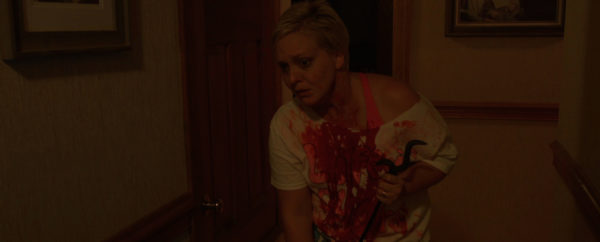
Blessed Are The Children
Your films are packed to the gills with homages to famous horror films so you obviously wear your influences on your sleeve. What films (queer or not) have made a significant impact on you and your work? In what way?
CM: Psycho is probably the most significant one, but Halloween had a huge impact in my early years. Carrie and A Nightmare on Elm Street were big ones as well. I think those are simply perfect films.
I’m drawn to all sorts of films, but I’d say stuff like Dressed To Kill, He Knows You’re Alone, Carnival of Souls, House on Haunted Hill, Scream, Suspiria, Deep Red, Martyrs, The Redeemer, Black Christmas, Inside, Alice Sweet Alice, The Sentinel, The Stepford Wives, Rosemary’s Baby, Creepshow, Poltergeist, Night of the Creeps, Prom Night, Let’s Scare Jessica To Death, Hell Night, Killer Party, Silent Scream, American Gothic, Night School, Butcher Baker Nightmare Maker, etc.
I don’t even know that I could explain why these films have stuck with me and inspired me, but they have. I love some of them because they’re legitimately scary and I love others because they’re just off the wall and fun. I like a nice mix. As long as they make me feel something, I’m happy.
How progressive or welcoming is the industry for queer creators right now?
CM: I’ve been fortunate not to have experienced much negativity due to my sexuality. Most of the critiques that I’ve gotten have been thoughtful and helpful and haven’t mentioned anything negative about the gay themes that might be baked into my work. Every now and then, you’ll get some looney who tries to poke fun at your work because of that stuff or because the film isn’t what they had expected (there’s always that one guy who laments the lack of topless actresses in my films), but the majority have been very open minded and lovely.
Then again, I’m doing this on a fairly small scale and most people don’t have any idea who the Hell I am, so that might help. If I were trying to get big studio movies made, I might be singing a different tune, but the indie world is a bit more freeing.
Both of your last few films have explicitly “out” characters (Mandy in Blessed are the Children and Ian in Triggered). Why is it important for you to have lead queer characters in your work?
CM: Visibility is so important. And various representations of LGBTQ characters are even better. For years, when you’d see a character like that on screen, they’d simply be the effeminate comic relief or the intense butch lesbian or the scary serial killer trans person.
I feel like people need a bigger variety of LGBTQ characters on screen these days. As a gay person myself, I crave stuff like that. Have you ever looked in the LGBTQ section of a video store or Amazon/Netflix? A lot of those movies aren’t very good. They’re telling the same dull coming out stories over and over again or the usual “I’ve fallen in love with a married ‘straight’ man” sagas. I think it’s time to put LGBTQ characters into different kinds of stories and roles because we’re more than our sexuality or gender expression.
I’ve always felt that one of the best LGBTQ characters of all time was in John Carpenter’s Someone’s Watching Me. Adrienne Barbeau plays a lesbian and it’s mentioned once or twice and then never brought up again. She’s allowed to exist as more than just a diversity quotient in the film. She feels like a real person and not a cliché. And this was a TV movie in the 70’s. I’m sure there are people in the community who want us to be loud and proud and not be portrayed as “normal,” but I like it when a character’s sexuality or gender is just a trait and it doesn’t really make a big difference in the story. It puts everyone on a more even playing field.
Do you subscribe to queer readings of your films?
CM: I support them 100%. I think it’s fabulous. I wonder if my films are even gayer than I had initially intended. They’re already pretty gay.
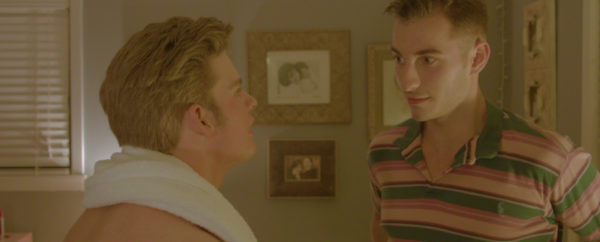
Triggered
You’ve spent a lot of time touring the festival circuit with your last two films. Have you had a chance to interact with many queer horror fans? What has that experience been like?
CM: I have and I have to say that they are some of the kindest, most passionate, and funniest human beings on this earth. I really don’t think there’s anything better than a queer horror fan. I feel like a lot of regular “bro” horror fans are just like “where are the tits? Where’s the blood? This ain’t no horror movie without those” whereas the queer horror fans are always more thoughtful and interested in story and characters. They love their gore and nudity, too, but they know that there’s more to horror film than just that.
I think that’s why so many of us worship at the altars of Heather Langenkamp, Jamie Lee Curtis, Amy Steel, Adrienne King, and Barbara Crampton, etc. They played these great characters who represent strength and survival and a lot of us have looked to them for inspiration over the years. I think that’s why, as a whole, queer horror fans tend to be more loving and accepting. We’ve had to fight to survive just like our favorite Final Girls.
I know you’re touring the circuit right now with your latest feature, Triggered and you’re currently in production on your next film. What more can you tell us?
CM: I’m super excited about it. It’s called A Stranger Among the Living and it’s close in tone to films like Let’s Scare Jessica To Death and Carnival of Souls. It’s a pretty big departure for me as both Blessed and Triggered had slasher elements and this one is much more of a creepy, dreamlike mood piece. It’s about a teacher who avoids a school shooting and starts being haunted by all sorts of creepy stuff. And yes, there’s a gay character (two actually!) We’re headed into post-production with that right now, so hopefully it’ll get around to some festivals by later this year or early next.
Follow Chris’ films on twitter:
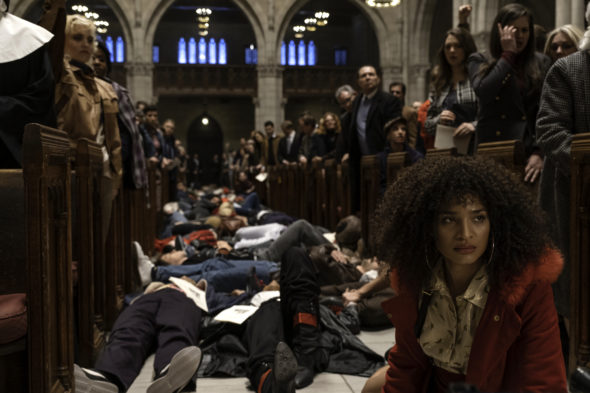
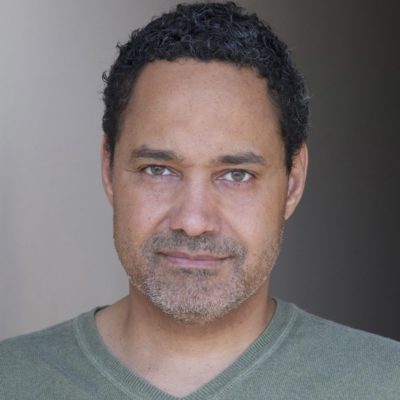 Name: Jeffrey Reddick
Name: Jeffrey Reddick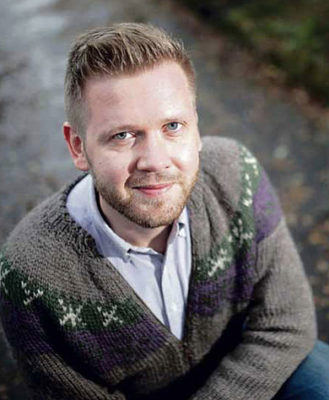 Name:
Name: 
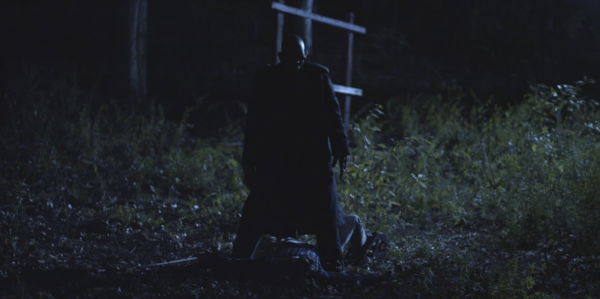
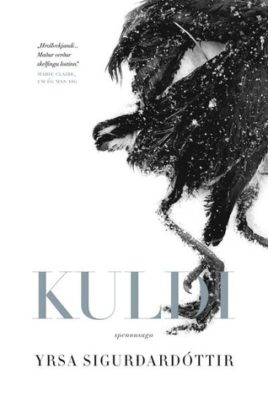
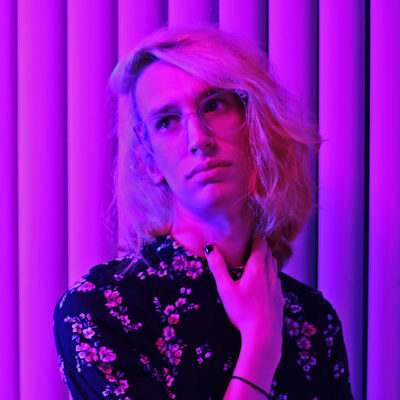 Name: DRW Phillips
Name: DRW Phillips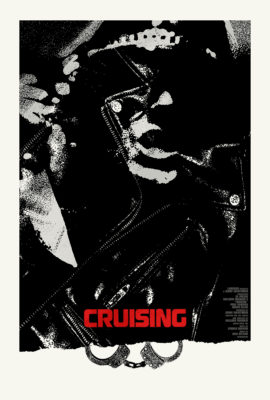
 What films (queer or not) have made a significant impact on you and your work? In what way?
What films (queer or not) have made a significant impact on you and your work? In what way?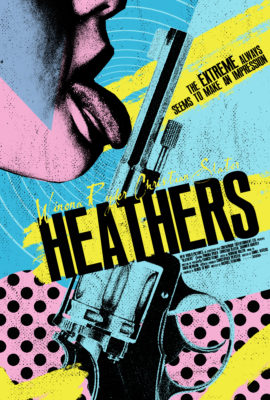
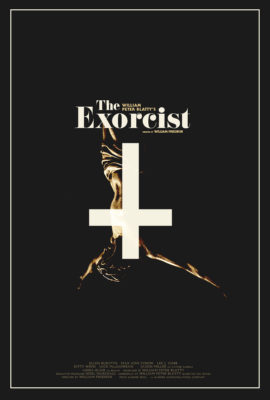
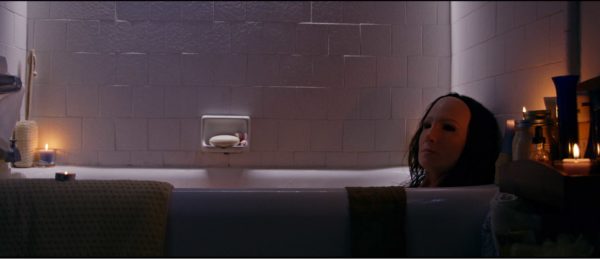
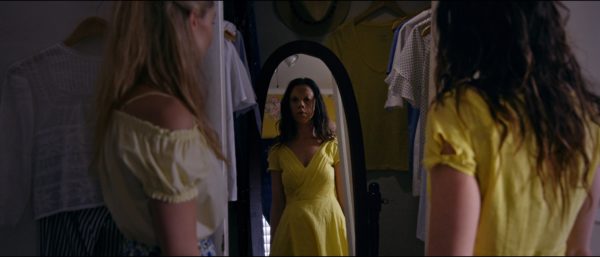
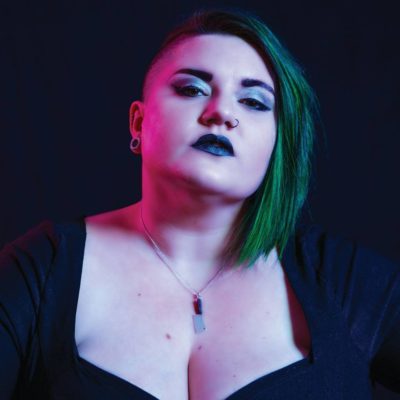 Name: BJ Colangelo
Name: BJ Colangelo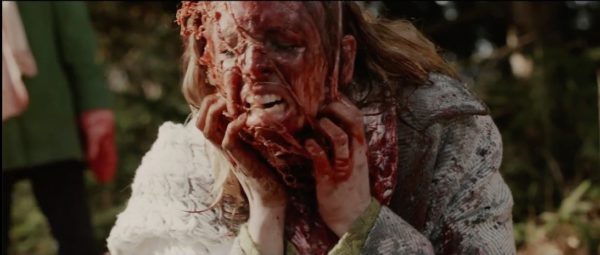
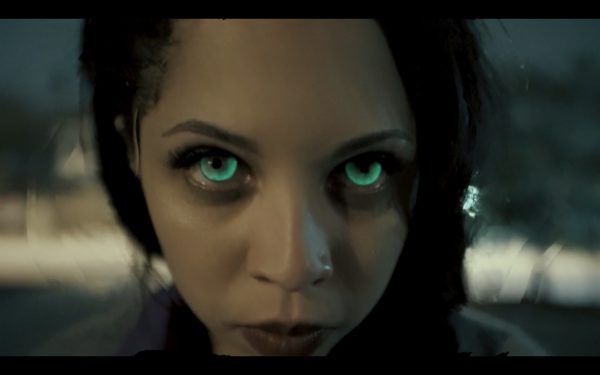
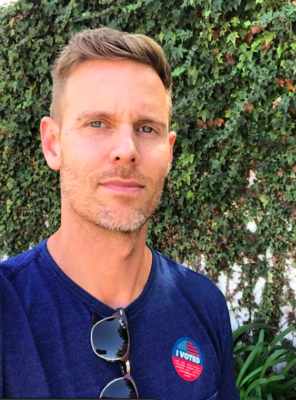 Name: Christopher Landon
Name: Christopher Landon